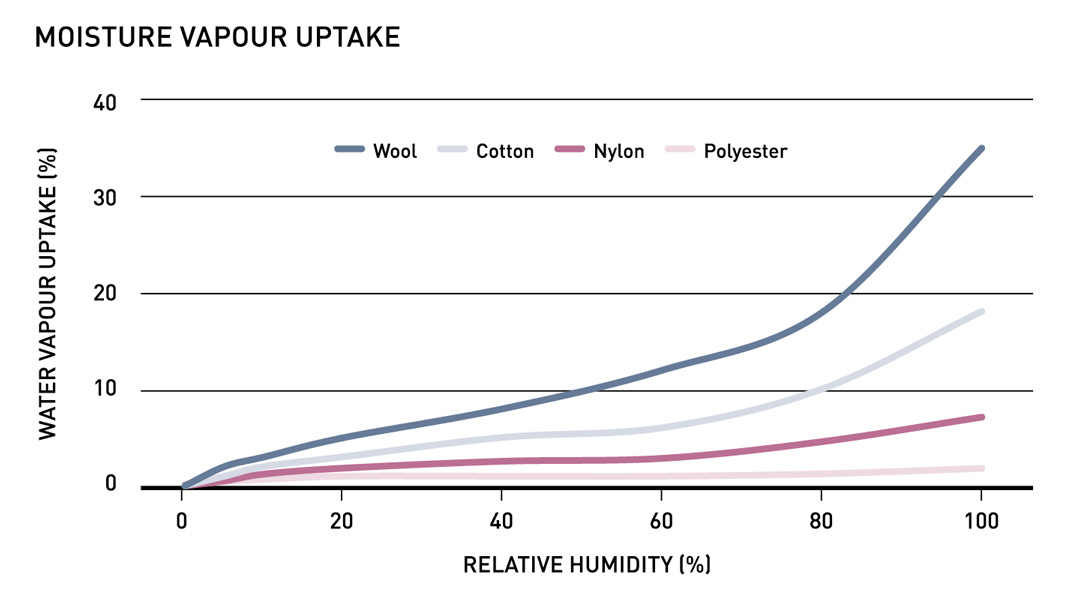The Open Source Document¶
1_Preparing the workshop¶
What is wool ?¶

Wool is a soft material coming from the hairs of sheeps (and some other mammals). In the usual language, we tend to consider wool to be sheep hairs, but there are other mammals that produce it : for instance camels, goats, and even dogs ! The term "wool" alone is reserved for the sheep's wool. When it is coming from other animals, the name of the animal is attached to it. For instance : dog wool.
Wool properties Wool has hygroscopic properties, which means that it is breathable ; it absorbs the air humidity. It also adapts to the body temperature variations.

The little frizzes of the hairs allow them to imprison air pocket : the air being naturally insulating, it conferes this ability to the wool.
What is felt ?¶
It is a thick and unwoven fabric obtained by pressing and agglutinating hairs or wool. Hairs are structured in the same way : they have little shells on their surface :
Felt properties
Felt and boiled wool, what the difference ?
-
Felt : felt is made out of raw wool. First, the fibers is carded, then combed, and finally scalded. The fabric is also beat after this process. In the industry, it is also made out of other materials, such as polyamid or polyester.
* Strength| Strong * Elasticity | Low * Touch | Coarse (the thicker the fibers, the coarser the fabric) * Weight | Low -
Boiled wool : made out of a thread of wool. First, this thread is knitted, then it is boiled. Pockets of air are created when the milling process occurs.
* Strength| Strong, more durable than felt * Elasticity | More elastic than felt * Touch | Softer than felt
Why felting?¶
The felting technique requires to work with raw fibers, but dog hairs are very soft. This idea of softiness was really important to me, since I want the participants of the workshop to feel at ease while practicing.
Also, this technique involves both the precision of the hand on the first steps of the process (placing the fibers onto the template), but it also require the full body energy during the felting time, when rolling the pebble to gather the fibers one with each other.
Reading and looking for information about the use of dog hairs and human hair¶
At the beginning of the workshop, you can start with a presentation of the wool, its properties,
Here are the links of some approaches on these fibers.
Finding the fibers¶
When you go ask the dog groomers and hairdressers to collect you fibers, sometimes the staff is large and the information about the collecting isn't their priority, which is totally understandable. So, I created a document you can find here, to print and give them to put somewhere all the staff can see it in the salon. It is also a way to communicate about your project in another way !
And if I don't have any easy access to dog hairs and human hair where I live ?
For this project, I decided to use dog hairs and human hair to create the workshop. Nonetheless, there are many other hair-waste that you can experiment and use ! All hairs don't react the same way to the felting process, so it's necessary testing before organizing the workshop. For instance, human hair are more difficult to felt, so I integrated them in several ways in the workshop practice.
So, not having dog groomers near you isn't a problem, since you can maybe find local ressources that would be perfectly useful !
Extended researches on hairs : horse hairs
I met Diane, a Lyonnaise designer
2_The course of the workshop¶
Presentation of the workshop
Discovering the fibers
The presentation of the fibers is important, since most people are not used to touch other people's hair for instance.
I decided to present the human hair by selecting strands of hair and placing them on a plate of textile, just like a painting. Here is the picture of it :

**Felting process : wet felting
Felting results par Guillerm
The collaborative map : step by step, pebble after pebble...¶
If any problem, you can find the map thanks to this link
You can modify this map, and add the placement of your workshop and/or cairn !
If you practice the felting technique at home, add it too, and let's transmit the idea that we can produce material with waste ! Let's be Tom Thumb of the recycling and upcycling !